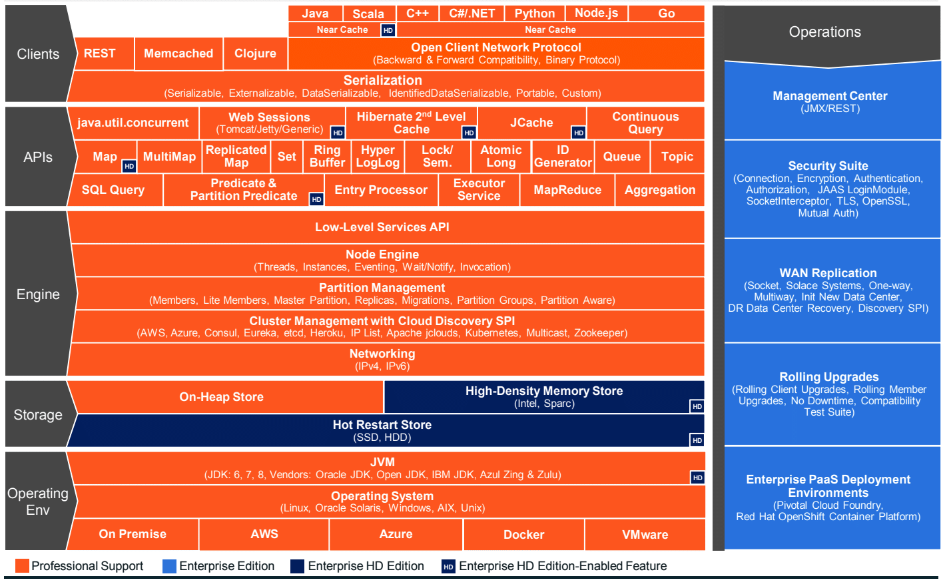


The order of key-value pairs can be different and does not play in role in comparison. It means both hashmap instances must have exactly same key-value pairs and both must be of same size.

HashMap with List Object as Value Let’s Create a HashMap of String as Key and List as value i.e.Ĭompare hashmap for same key-values – HashMap.equals () By default, HashMap.equals () method compares two hashmaps by key-value pairs. We can do this by storing a List of Integers i.e. To store this data in a lookup table / map, we need to create a HashMap with key as string and then associate multiple values with same key. So table is referred to as bucket0, table as bucket1 and so on. Bucket is actually an index of array, that array is called table in HashMap implementation. The merge (Key, Value, BiFunctional) method of HashMap class is used to combine multiple mapped values for a key using the given mapping function. The method Map.merge(key, value, BiFunction)associates given value with the given key or calculates the new value from the old value and the given one using provided remapping function. We want to merge those two maps using streams, such that where the same key (user ID) appears in both, we want to take the sum (total) of user visits across all parts of the system. The key of each map is the ID of a certain user, and the value is the number of user visits to given part of the system. Have you seen in java 8 the map.merge() function, merge two Map Values in Java and if key is same append the Values not overwrite in Java 7 or Java 8. Otherwise, it replaces the value with the results of the given remapping function. Here is how the merge () function works: If the specified key is not already associated with a value or the value is null, it associates the key with the given value. Java 8 adds a new merge () function into the interface. If the function itself throws an (unchecked) exception, the exception is rethrown, and the current mapping is left unchanged. Map.compute(key, (k, v) -> (v = null) ? msg : v.concat(msg)) (Method merge() is often simpler to use for such purposes.) If the function returns null, the mapping is removed (or remains absent if initially absent). There are multiple ways of doing this but my preferred one is using ncat () and passing the entry sets of all maps as parameters: ncat(visitCounts1.entrySet().stream(), visitCounts2.entrySet().stream()) Then, comes the collecting part. Java 8 adds a new merge () function into the interface.įirst, we need to combine all maps into a unified Stream. Map.merge () ncat () Stream.of () Simple Streaming. We will demonstrate merging two maps with different approaches.
JAVA MERGE METHOD MAP HOW TO
In this example, we’ll demonstrate how to merge two maps using the Java 8 capabilities.


 0 kommentar(er)
0 kommentar(er)
